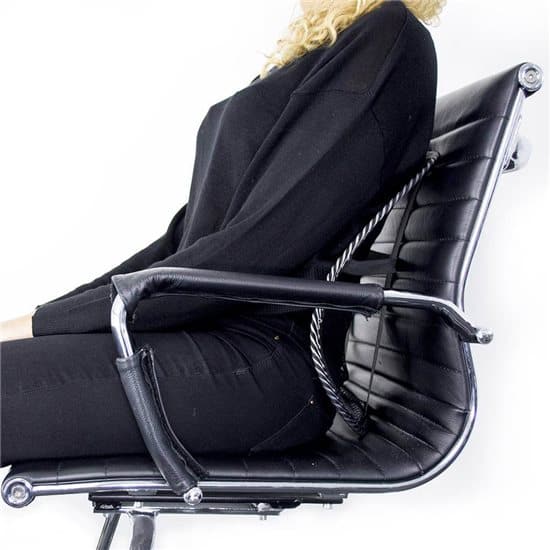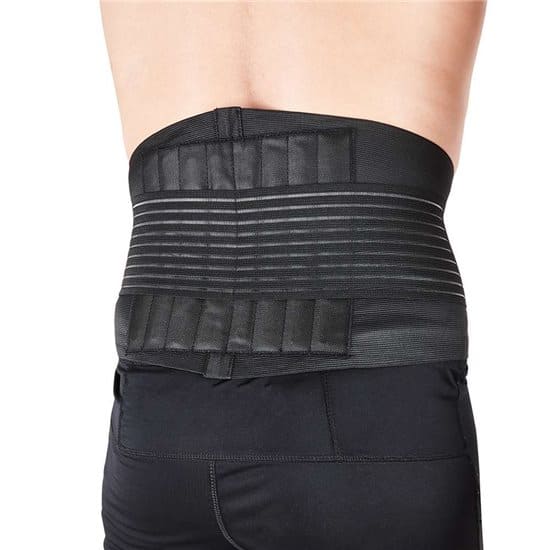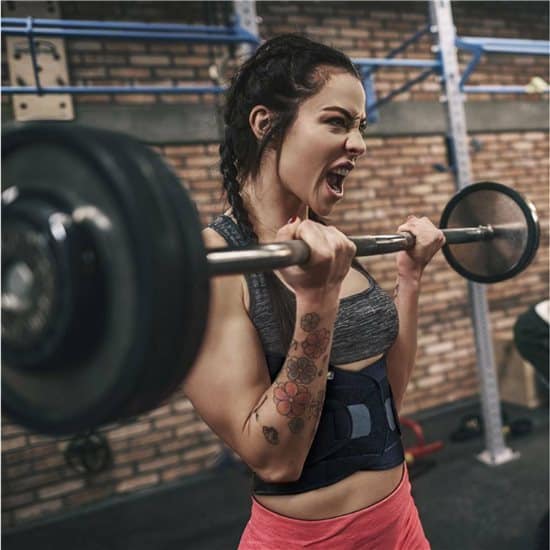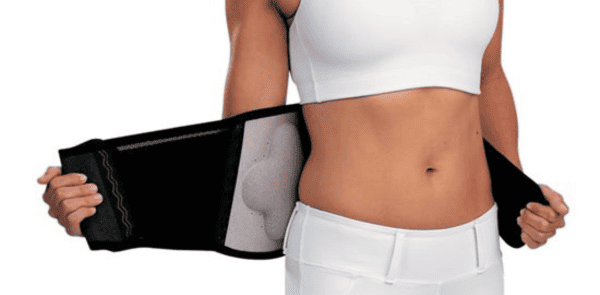In our fast-paced world, sedentary lifestyles and demanding physical tasks are the norm. However, our backs often bear the brunt of our daily activities.
Maintaining good back health is crucial, and this cues for back support solutions. In this article, we’ll focus on three main contenders:
- Posture correctors
- Lumbar braces
- Back belts
Understanding the differences among these options will help you make an informed decision. Keep reading!
Posture Correctors

Posture correctors, as the name suggests, address common issues of poor posture. Their primary purpose is to promote proper spinal alignment. Moreover, to relieve the strain that often results from slouching or hunching over.
These devices work by guiding your shoulders and spine into a more natural position. By doing so, they encourage the muscles in your back to work harmoniously. This, in return, reduces unnecessary tension and promotes a healthier posture over time.
A great example is the posture corrector chair, such as this ergonomic back support for chair. It has been designed to improve posture and relieve pressure on the spine when seated. Offering superior comfort, this lightweight posture corrector can help alleviate lower back pain.
Through consistent use, posture correctors can gradually retrain your muscles. This can lead to improved alignment even when not wearing the device.
The benefits of using posture correctors are substantial. Beyond the visible enhancement of posture, reduced muscle soreness and tension are likely. Proper alignment can ease spine strain, mitigating the risk of long-term discomfort. Overall, posture correctors find their sweet spot in desk-bound jobs or prolonged sitting.
However, it’s worth noting that using one may present some initial discomfort. For one, your muscles might need time to adjust, leading to temporary unease. Additionally, it’s not meant for constant wear. It should be used in conjunction with regular exercise and ergonomic adjustments.
Lumbar Braces

A lumbar support back provides targeted assistance to the lower back region. Its primary role revolves around offering support and stability to the lumbar area. This lower back support comes in handy for those who have weak muscles or prior back injuries.
Lumbar braces work by encircling the lower back. They exert gentle pressure and provide a stabilising effect. This reinforcement helps maintain a healthy spinal curvature. In return, it reduces strain on the surrounding muscles. What’s more, it can help the healing process for minor injuries.
When engaging in physically demanding tasks, lumbar Neoprene back support comes in handy. It can mitigate the risk of sudden injuries. And provide an extra layer of protection during activities that put strain on the lower back. When it comes to physical therapy, it makes a reliable rehabilitation equipment.
However, it’s important to exercise caution when using lumbar braces. Prolonged dependence without medical guidance can lead to weakened muscles over time. Thus, it’s advisable to seek professional advice to ensure proper utilisation.
Back Belts

Back belts, purpose-built accessories, are engineered to bolster the entire back region. They offer a vital layer of compression and support. Their primary intention is to provide stability and reduce strain. For instance, during activities that involve repetitive movements or tasks requiring considerable exertion.
Have a look at this back support belt, featuring a design that encircles the back. It provides compression that assists in maintaining proper spinal alignment and muscle engagement. By enveloping the back muscles, it helps distribute the stress more evenly. Overall, the belt helps reduce the risk of overexertion or improper movement.
The benefits of utilising a lower back support belt are notable. This is especially true in construction, manufacturing, and jobs requiring frequent heavy lifting. Nonetheless, it’s important to acknowledge a potential drawback. For one, the false sense of security that can accompany the use of back belts. Relying solely on them might lead individuals to neglect:
- proper lifting techniques
- muscular engagement
The key lies in using back belts as a supplementary aid rather than a sole solution. Also, make sure to combine it with ergonomic practices and physical conditioning.
Comparing the Solutions

| Feature | Posture Correctors | Lumbar Braces | Back Belts |
| Intended Purpose | Improve posture and reduce strain | Targeted support for lower back | Compression and support for the entire back area |
| Benefit | Reduced muscle tension, spinal alignment | Stability for weak muscles or back injuries | Strain reduction during repetitive tasks |
| Ideal Usage | Desk jobs, prolonged sitting | Heavy lifting, weak core muscles | Industries, repetitive movements |
| Consideration | Temporary discomfort during adaptation | Avoid prolonged reliance without guidance | Complementary aid, not a substitute |
Choosing among the three options hinges on the following:
- individual needs
- daily activities
- existing back conditions
Posture correctors cater to sedentary routines, while lumbar braces target lower back issues. Back belts find their strength in strenuous tasks. Tailor your choice to your unique circumstances. Make sure to consult professionals for guidance, ensuring optimal back health and comfort.
Explore Physioroom’s wide array of supports & braces products. Here, we feature not only back braces for pain relief but also neck supports and shoulder braces.
What you should read next: How to Wear a Lower Back Support Belt


